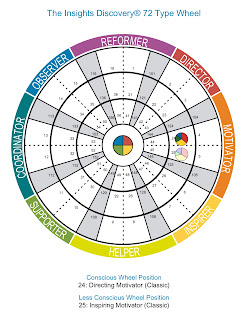Pre-existing networks: the fourth leg of a starfish network
As with the starfish, a decentralized network can lose one or two legs and still survive. But when you have all five legs working together, a decentralized network can really take off. In their book “The Starfish and the Spider” authors Rod Beckstrom and Ori Brafman identify five legs upon which a decentralized network stands:
Leg 4 – The Pre-Existing Network Almost every decentralized network that has made it big was launched from a pre-existing platform. But gaining entrance into a pre-existing network is not as simple as just showing up with a good idea. Centralized organizations are not setup to launch decentralized movements. Without Circles, there is not the infrastructure for people to get involved and take ownership of a new idea. Circles provide the vehicle to put people together in a close-knit community of empowered members with shared values and a belief that everyone is equal. Loose knit social networks provide the ideal breeding ground for decentralized circles and typically have a higher tolerance for innovation. Typically it takes the special skills of the Catalyst entering the social network to birth a decentralized movement, but today the Internet also provides an ideal launch pad for new starfish networks, by enabling rapid and simple communication and active participation.
Leg 4 – The Pre-Existing Network Almost every decentralized network that has made it big was launched from a pre-existing platform. But gaining entrance into a pre-existing network is not as simple as just showing up with a good idea. Centralized organizations are not setup to launch decentralized movements. Without Circles, there is not the infrastructure for people to get involved and take ownership of a new idea. Circles provide the vehicle to put people together in a close-knit community of empowered members with shared values and a belief that everyone is equal. Loose knit social networks provide the ideal breeding ground for decentralized circles and typically have a higher tolerance for innovation. Typically it takes the special skills of the Catalyst entering the social network to birth a decentralized movement, but today the Internet also provides an ideal launch pad for new starfish networks, by enabling rapid and simple communication and active participation.
See also
- Starfish and Spiders
- Starfish and Spider analysis
- Circles: the first leg of a starfish network
- Catalysts: the second leg of a starfish network
- Ideology: the third leg of a starfish network
- Pre-existing networks: the fourth leg of a starfish network
- Champions: the fifth leg of a starfish network
- Get more like this
More at www.StarfishAndSpider.com



Comments